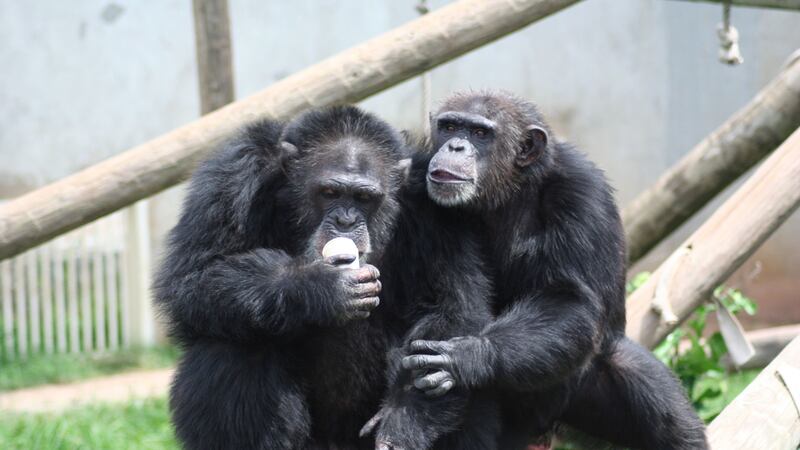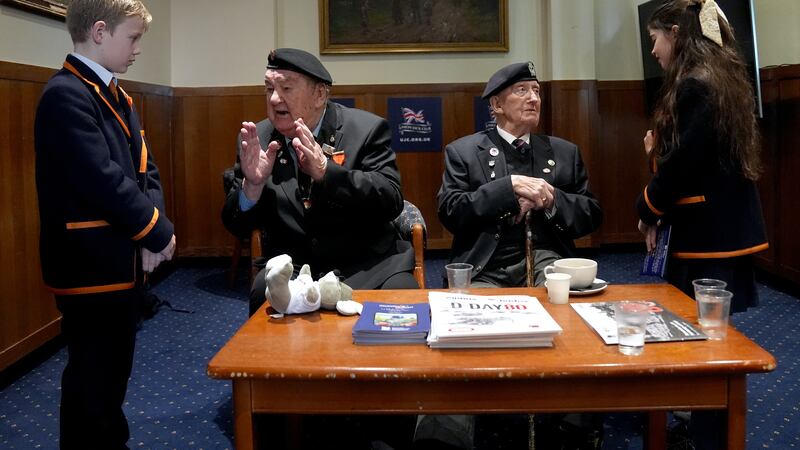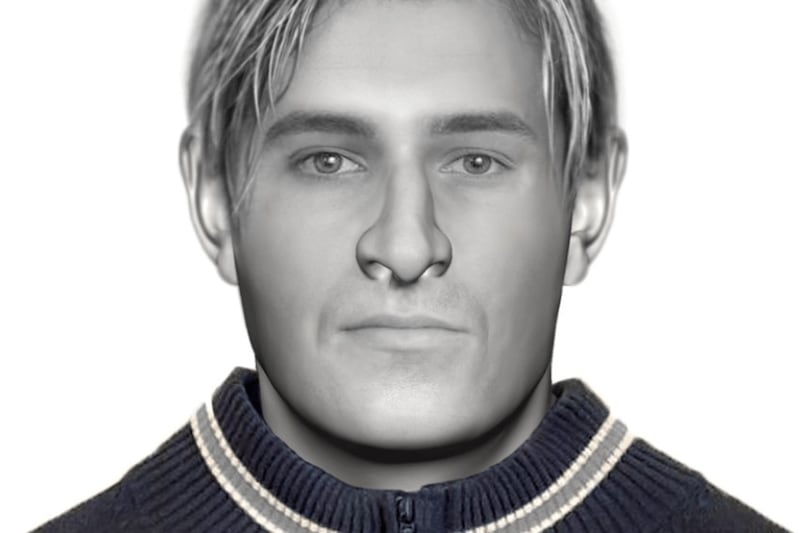The capacity for language evolved somewhere between 30 and 40 million years ago, scientists believe.
It is thought that building blocks of language began to take shape with the arrival of anatomically modern Homo sapiens about 200,000 years ago.
But researchers say the ability to understand relationships between words in a sentence – a key foundation in language processing – may have come from the last common ancestor of monkeys, apes and humans.
Professor Simon Townsend at the University of Warwick, who led the study published in Science Advances, said: “This indicates that this critical feature of language already existed in our ancient primate ancestors, predating the evolution of language itself by at least 30 – 40 million years.”
Prof Townsend and his colleagues examined language processing abilities in chimpanzees, humans and common marmosets – a Brazilian monkey.
The researchers wanted to see how primates process relationships between individual tones in a string of sounds – much like words in a sentence.
They did so by looking at words which are next to one another – known as an adjacent dependency – as well as words that are distant to one another – known as a non-adjacent dependency.
The team said that being able to process relationships between words in a sentence is one of the key cognitive abilities underpinning language.
One example they gave which highlighted this phenomena was the sentence: “The dog who bit the cat ran away.”
In this sentence, it is understood that is it the dog who ran away rather than the cat, a result of being able to process the relationship between the first and last phrases.
Dr Stuart Watson, from the University of Zurich, added: “Most animals do not produce non-adjacent dependencies in their own natural communication systems, but we wanted to know whether they might nevertheless be able to understand them.”
For this study, the researchers created “artificial grammars” – where sequences made up of meaningless sounds instead of words were used to examine the abilities of the test subjects to process the relationships between sounds.
They found that all three species were readily able to process the relationships between both adjacent and non-adjacent sound elements.
This meant apes and monkeys were able to track relationships between sounds the same way as humans, showing that this ability predates the evolution of language itself by millions of years.
The study authors wrote: “These notable similarities between monkeys, apes, and humans indicate that nonadjacent dependency processing, a crucial cognitive facilitator of language, is an ancestral trait that evolved at least (around) 40 million years before language itself.”








